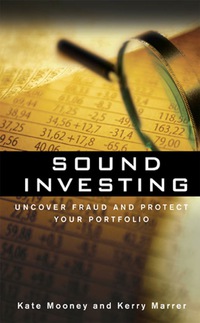
1. Consider the economics of a bad (x), say effluent from a paper mill dumped into a river. Imagine that the total benefits of x are such that B(x) = 42x - x and that total costs are such that C(x) = 2x2, where the paper mill gets all the benefits and all the costs are borne by a single firm downstream, a resort. D. Say, instead, that the mill has property rights to the river (including the right to exclude the resort from using it), and that transactions costs are zero. What might happen? Be specific. E. Now imagine, instead, that the resort holds the property rights to the river (including the right to exclude the mill from using it), and that transactions costs are still zero. Again, be specific about what will happen. In what ways is the outcome the same as in part D and in what ways is it different? F. Okay, transactions costs remain zero. You are an efficiency-minded judge (i.e., you want to max W(x)) with complete information, who must choose among three legal options: (1) the mill is legally free to pollute (i.e., the mill owns the river, can exclude others from using it), (2) resort is legally entitled to compensatory damages paid by the mill, but cannot shut them down with an injunction (i.e., the resort cannot exclude others from using the river, but is entitled to compensation should others use it); (3) the resort is legally entitled to an injunction against the mill, which the resort can opt not to enforce should it want to bargain with the mill (i.e., the resort owns the river, and can exclude others from using it). How do you rank the three alternatives from most to least efficient? Briefly explain. G. Reconsider your answer in F., now assuming that Coasean bargaining by the two parties has transactions costs of 150. H. Reconsider F. where transactions costs for the two parties are again zero, but you, the judge, misestimate monetary damages as follows D(x) = 2.5x2. What is your ranking? Is it efficient? I. Distinguish the so-called Coase Theorem, what I have called the Nave Coase Theorem, from what I have called the Sophisticated Coase Theorem, and discuss the implications for how property rights should be assigned, and for the Pigovian approach to market failure more generally. 1. Consider the economics of a bad (x), say effluent from a paper mill dumped into a river. Imagine that the total benefits of x are such that B(x) = 42x - x and that total costs are such that C(x) = 2x2, where the paper mill gets all the benefits and all the costs are borne by a single firm downstream, a resort. D. Say, instead, that the mill has property rights to the river (including the right to exclude the resort from using it), and that transactions costs are zero. What might happen? Be specific. E. Now imagine, instead, that the resort holds the property rights to the river (including the right to exclude the mill from using it), and that transactions costs are still zero. Again, be specific about what will happen. In what ways is the outcome the same as in part D and in what ways is it different? F. Okay, transactions costs remain zero. You are an efficiency-minded judge (i.e., you want to max W(x)) with complete information, who must choose among three legal options: (1) the mill is legally free to pollute (i.e., the mill owns the river, can exclude others from using it), (2) resort is legally entitled to compensatory damages paid by the mill, but cannot shut them down with an injunction (i.e., the resort cannot exclude others from using the river, but is entitled to compensation should others use it); (3) the resort is legally entitled to an injunction against the mill, which the resort can opt not to enforce should it want to bargain with the mill (i.e., the resort owns the river, and can exclude others from using it). How do you rank the three alternatives from most to least efficient? Briefly explain. G. Reconsider your answer in F., now assuming that Coasean bargaining by the two parties has transactions costs of 150. H. Reconsider F. where transactions costs for the two parties are again zero, but you, the judge, misestimate monetary damages as follows D(x) = 2.5x2. What is your ranking? Is it efficient? I. Distinguish the so-called Coase Theorem, what I have called the Nave Coase Theorem, from what I have called the Sophisticated Coase Theorem, and discuss the implications for how property rights should be assigned, and for the Pigovian approach to market failure more generally







